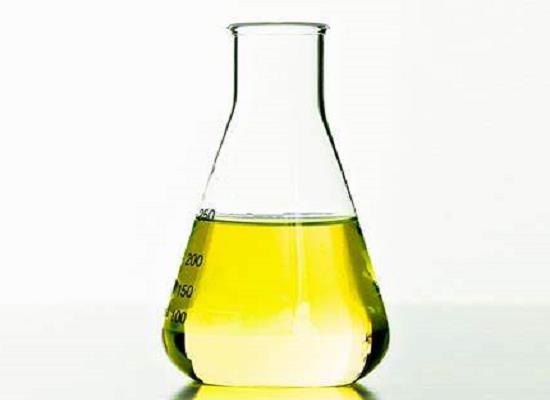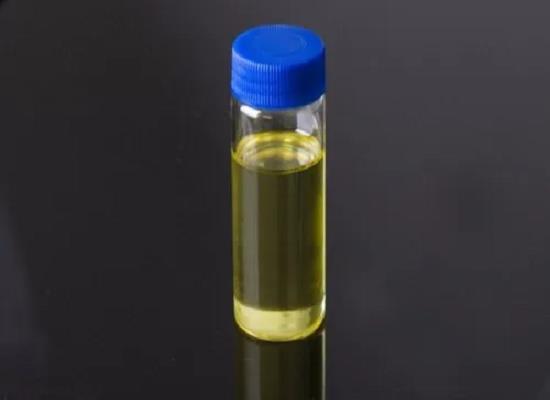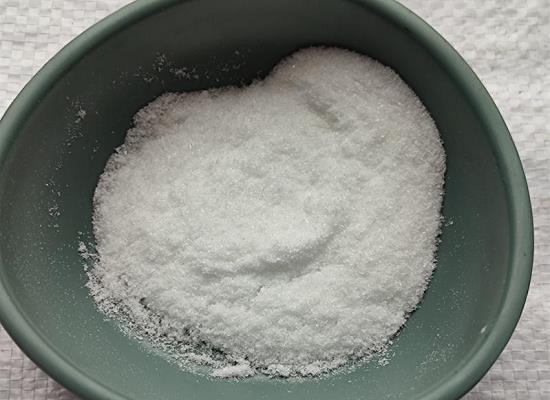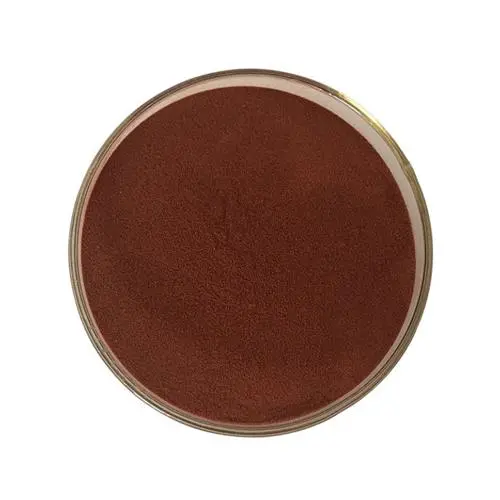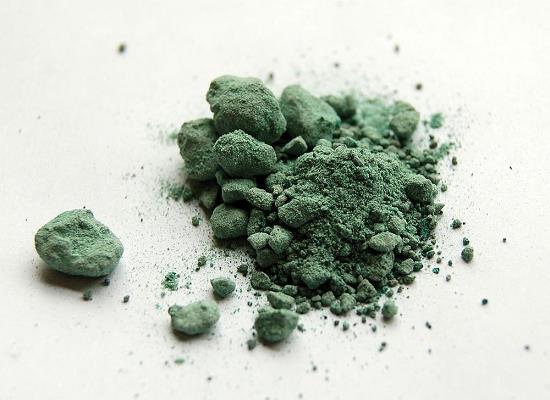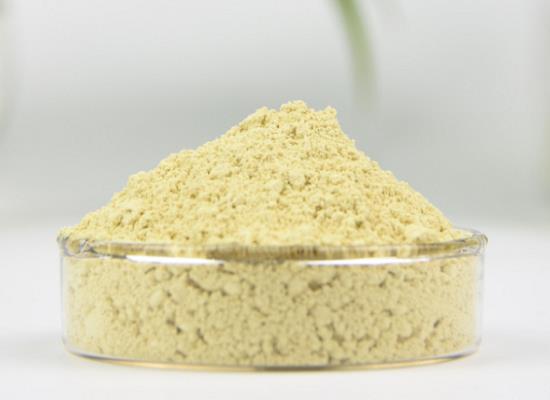Active Pharmaceutical Ingredients (API), popularly speaking, are the raw materials of medicines, only pharmaceutical raw materials are processed into pharmaceutical preparations , can they become medicines available for clinical use, so drugs we usually eat are the finished drugs through processing. Active Pharmaceutical Ingredients based on its sources can be divided into two major categories ,including chemical synthetic drugs and natural chemical drugs. Chemical synthetic drugs can be divided into organic synthetic drugs and inorganic synthetic drugs. Inorganic synthetic drugs are inorganic compounds ( very few is element), such as aluminum hydroxide, magnesium trisilicate which are used for the treatment of gastric and duodenal ulcers ; organic synthetic drugs are mainly composed of drugs made by basic organic chemical raw materials, through a series of organic chemical reactions (such as aspirin, chloramphenicol, caffeine, etc.). Natural chemical drugs ,based on its sources,can be divided into two categories including biochemical drugs and plant chemical drugs. Antibiotics are generally made by the microbial fermentation, which belongs to the biochemistry category. A variety of semi-synthetic antibiotics occurs in recent years,which are biosynthesis and chemical synthesis combining products.Among active Pharmaceutical Ingredients, the organic synthetic drugs varieties, yields and values have the largest proportion,which are the main pillars of the chemical and pharmaceutical industries. The quality of active Pharmaceutical Ingredients decides whether the formulation is good or bad , so its quality standards are very strict ,countries in the world have developed national pharmacopoeia standards and strict quality control methods for its widely used active Pharmaceutical ingredients.
Triethylamine trihydrofluoride: synthesis, applications in organic synthesis and safety
Triethylamine trihydrofluoride can be synthesized through a cost-effective process, used in organic synthesis for pharmaceuticals and phosphorus compounds, but poses severe health hazards.
Dec 19,2023 API1-Dodecanethiol: synthesis, applications in organic synthesis and safety
1-Dodecanethiol can be synthesized by Polystyrene-supported sulfonic acid catalyst in water, which has industrial applications as a reducing agent and ligand. Safety precautions are necessary.
Dec 19,2023 APILevulinic acid: properties, applications and safety
Levulinic acid is a versatile compound with several notable properties. However, it requires safety precautions due to its potential hazards like oral toxicity and skin/eye irritation.
Dec 19,2023 API2-Dicyclohexylphosphino-2',6'-diisopropoxybiphenyl: properties, applications and safety
2-Dicyclohexylphosphino-2',6'-diisopropoxybiphenyl is a white powder phosphine ligand used in asymmetric catalysis, toxic upon exposure, requiring stringent handling and storage precautions.
Dec 19,2023 APICreatine: Uses and Side effects
Creatine supplements may enhance athletic performance, improve strength and lean muscle mass, and may also help lower triglyceride (fat in the blood) levels in men and women with high triglyceride con
Dec 18,2023 APIWhat are the benefits of MK-0677 to the human body?
The benefits of MK-677 include muscle-building, a reduction in muscle wasting, better bone density, improved sleep, and anti-aging properties.
Dec 18,2023 APIDifferences between red and white phosphorus and their applications
White phosphorus is a toxic, waxy solid that can cause severe burns on contact with skin. Red phosphorus is an amorphous, non-toxic powder.
Dec 18,2023 APIThe preparation methods of Ravuconazole and its prodrug F-RVCZ.
Ravuconazole is a novel triazole antifungal agent exerting broad and potent antifungal activity. F-RVCZ is a prodrug of Ravuconazole with improved solubility and oral bioavailability
Dec 18,2023 APICuprous bromide: properties, applications and toxicity
Cuprous bromide is a white solid compound that turns green in light and a versatile catalyst in polymerization and organic reactions, but its toxicity requires careful handling.
Dec 18,2023 APILuteolin: activities and pharmacokinetics
Luteolin is a bioactive flavonoid with anti-inflammatory, anti-cancer properties and pharmacokinetics enhanced by nanotechnology for therapeutic use.
Dec 18,2023 API



